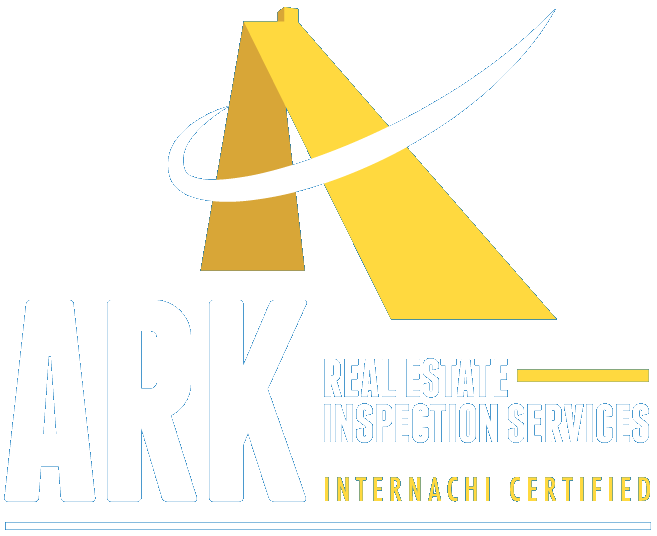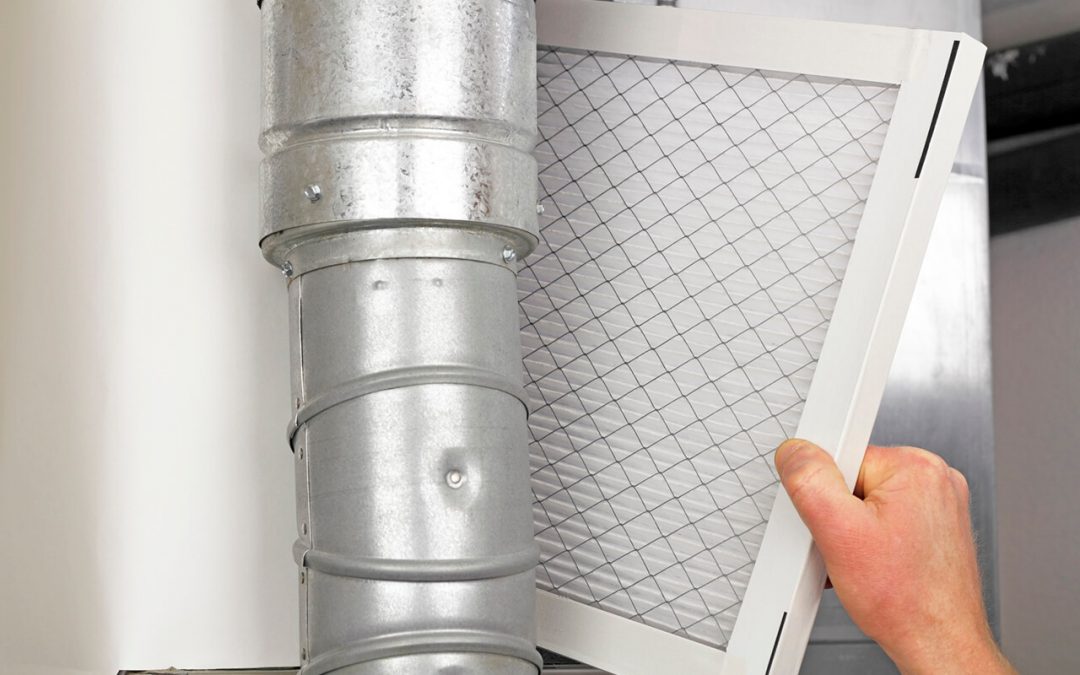Pollution is usually associated with the outdoors, however, indoor pollution can be just as bad or even worse than outside levels. Statistics show that the average American spends more than two-thirds of their life indoors. This makes indoor air quality an important issue to address. The air inside your house may be affected by formaldehyde, mold, radon, pet dander, lead dust, and VOCs from fragrances in commercial cleaning products. Such pollutants can enter your home via a piece of new furniture or mattress, a coat of paint, or a bottle of air freshener. Here is a list of ways you can improve indoor air quality at home.
Inspect Your Air Ducts
Air ducts are the channels used by the heating and cooling system to distribute temperature-controlled air throughout your house. Despite their role in making the living spaces comfortable, air ducts also spread pollutants and contaminants from one room to another. If not well maintained and regularly cleaned, mold and dust can accumulate in the ducts. This significantly impacts the air quality at home. Regularly inspect and clean your ducts to make sure they circulate clean air.
Change the HVAC Filter to Improve Indoor Air Quality
Your HVAC system has a filter that traps pollutants as air is cycled throughout your home. This filter becomes clogged over time and cannot perform properly, which reduces the air quality and stresses the HVAC system. Make sure to replace the air filter every 30 to 90 days or as recommended by the manufacturer.
Control Humidity
Moist and humid conditions are ideal for mildew and mold growth. These pollutants are known to trigger respiratory problems like asthma and allergies. Keeping humidity levels under control is especially important in the hot summer months. A few well-placed dehumidifiers help curb mold and mildew growth by reducing moisture in the air. Open the windows or use a ventilation fan when cooking, showering, or running the dishwasher.
Monitor Radon Levels
Radon is a radioactive gas that forms naturally in the soil from the decay of uranium. Radon seeps in through the cracks and crevices in a house’s foundation. Extended exposure to this gas is the second most common cause of lung cancer in the United States. Radon is colorless and odorless, so the only way you can determine radon gas is through professional testing.
Regularly Groom Your Pets
Pet dander is shed by animals and it is one of the common causes of poor indoor air quality. If you have a pet, make sure you brush its coat at least weekly. Regularly clean your home by vacuuming upholstery, floors, and carpets to prevent pet dander buildup, using a machine equipped with a HEPA filter.
Improve Indoor Air Quality with an Air Purifier
Investing in a quality air purifier is another effective way of improving indoor air quality. Air purifiers can be used to manage stale indoor air and odors, especially in spaces like bedrooms and kitchens. These devices trap contaminants and prevent them from circulating in the air. Install an air purifier in the bedroom of any family member who suffers from allergies or asthma and in shared common spaces in the home.
ARK Inspections provides home inspections to customers in the Twin Cities area. If you’re buying or selling a home, contact us to request our services.

